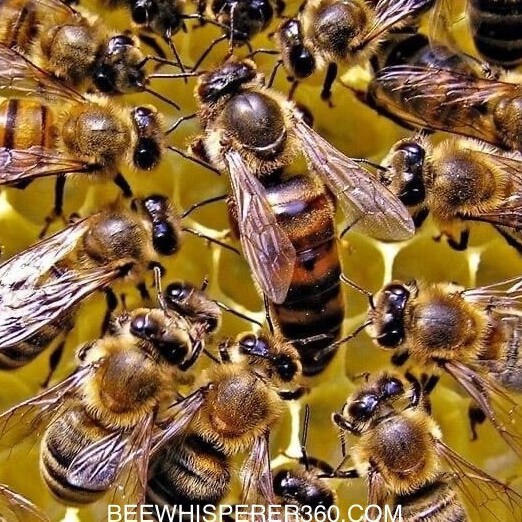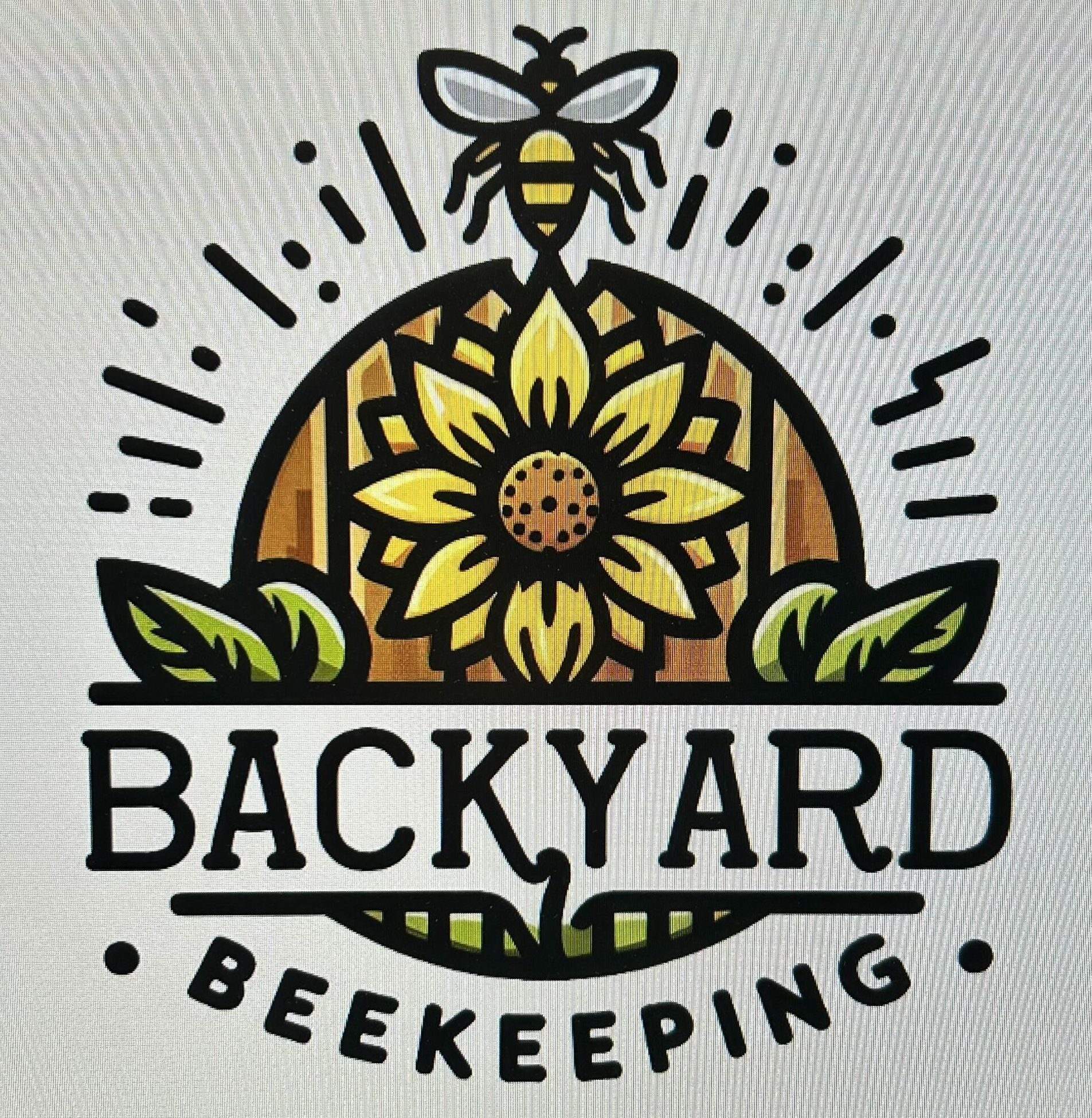Unveiling the Queen Bee: The Hive’s Majestic Monarch
- Role and Responsibilities: Understand the pivotal role the queen bee plays within the hive, from laying eggs to maintaining harmony among worker bees.
- Development and Emergence: Explore the intriguing metamorphosis of a queen bee from egg to larva and the fascinating process of her selection amongst competitors.
- Communication Techniques: Delve into the unique ways the queen bee communicates with her colony, using pheromones to signal and instigate hive activities.
- Lifespan and Legacy: Discuss the longevity of the queen bee and how her lifespan compares to worker bees, along with her genetic impact on future generations.
- Challenges and Threats: Examine the threats faced by the queen bee, including diseases, parasites, and environmental changes that affect the beekeeping industry.
- Impact on the Colony: Learn how the presence and health of the queen bee directly influence the productivity and survival of the entire bee colony.
- Lifecycle Replacement: Investigate the process of supersedure, where a queen is replaced by a new queen, and the hive dynamics involved.
Here’s an even more detailed version of the article on queen bees:

Queen Bees: The Heart of the Hive
In every thriving beehive, the queen bee is the central figure, pivotal to the health and productivity of the entire colony. Often misunderstood or overshadowed by the workers buzzing around her, the queen plays a unique and essential role in the complex world of beekeeping. Let’s take an in-depth look at this fascinating insect and her multifaceted role in hive life.
1. The Role of the Queen Bee
The queen bee is the most significant individual in the hive, though not in a royal sense of command, but as the biological core that sustains the colony. Her primary role is reproduction, and she dedicates her life to laying eggs—up to 2,000 per day during the peak of summer. This prolific rate is necessary as worker bees live short lives, especially during the busy foraging months when they may only last six weeks due to the rigors of their work.
The queen’s pheromones, sometimes called “queen substance,” are a chemical language that communicates her presence and health to the entire colony. This pheromone blend maintains harmony, suppresses the reproductive capabilities of the worker bees, and signals the hive’s overall wellbeing. A decrease in the intensity or distribution of these pheromones can lead to increased tension and instability within the hive, prompting the workers to start preparations for a new queen.
2. The Birth of a Queen
The selection of a larva to become a queen begins as a strategic decision by the worker bees, often triggered by the death of the current queen, her declining health, or the colony’s need to swarm (a natural process of colony division and expansion). The selected larvae are housed in special cells known as “queen cells,” which are larger and vertical compared to the standard horizontal cells for worker and drone bees.
The feeding process during the larval stage is what truly sets a future queen apart from her sisters. For the first three days, all larvae are fed royal jelly, but the larvae destined to become queens continue to receive this rich, milky substance throughout their development. Royal jelly is high in proteins, vitamins, and a unique blend of chemicals that trigger the differentiation of the queen’s reproductive system, allowing her to develop fully functional ovaries, unlike worker bees who are sterile under normal hive conditions.
The speed of development is also remarkable. While it takes about 21 days for a worker bee to mature from egg to adult, a queen is ready in just 16 days. This accelerated growth is crucial for scenarios where a rapid replacement is needed.
3. Mating and Flight
A new queen’s first significant challenge after emerging from her cell is her mating flight, which usually takes place on warm, sunny days. The queen must venture out of the hive, often flying miles away to ensure she encounters drones from different colonies, thus preventing inbreeding. The drones that mate with the queen have only one chance to pass on their genetics; they die immediately after mating due to the physical detachment of their reproductive organs.
The process of mating with numerous drones (a phenomenon known as polyandry) benefits the colony by maximizing genetic diversity. This diversity ensures that worker bees inherit a variety of traits, which can lead to stronger resistance to diseases, better temperature tolerance, and more efficient foraging abilities.
The sperm collected during this mating flight is stored in the queen’s spermatheca, a small sac that keeps the sperm alive and viable. This single flight supplies her with enough sperm for her entire lifespan, enabling her to fertilize millions of eggs over the course of several years.
4. Life in the Hive
After the mating flight, the queen’s life transitions to her core function—laying eggs. Worker bees ensure that she is constantly cared for, forming what is known as a “retinue,” which grooms and feeds her with a mix of royal jelly and honey. The retinue also helps disseminate her pheromones throughout the hive by picking up the scent and spreading it as they move about.
The queen can lay fertilized or unfertilized eggs based on the needs of the hive. Fertilized eggs become female worker bees or, in rare cases, new queens, while unfertilized eggs develop into drones. The decision of which type of egg to lay is not conscious but is influenced by the space provided in the comb and the signals she receives from the worker bees about the colony’s needs.
5. Signs of a Failing Queen
A queen bee’s vitality directly impacts the hive’s productivity and survival. A failing queen can lead to dwindling population numbers, reduced honey production, and an increase in disease susceptibility. Beekeepers watch for several key signs to identify when a queen is underperforming:
• Reduced Egg Production: If the queen is laying fewer eggs, the brood population will dwindle, leading to a shortage of worker bees.
• Inconsistent Brood Patterns: Healthy brood patterns appear solid and uniform, but a failing queen might lay eggs in an erratic, spotty pattern.
• Increased Drone Brood: A noticeable rise in drone brood may indicate that the queen is running out of stored sperm, producing only unfertilized eggs.
If the queen’s pheromone levels drop, worker bees can sense the problem and may start building queen cells as a form of insurance to replace her. This natural process of succession is known as supersedure.
6. Queen Replacement and Requeening
Requeening is an essential beekeeping practice to maintain colony health and productivity. The process of introducing a new queen is delicate; worker bees are highly protective of their hive and may reject an unfamiliar queen. To mitigate this, beekeepers use queen cages, which hold the new queen inside and allow the worker bees time to adjust to her presence. The cage has a small candy plug that the workers gradually eat through, providing a slow release of the queen. This slow introduction helps the workers accept her, reducing the risk of aggression or rejection.
Requeening also allows beekeepers to introduce queens bred for specific desirable traits such as gentleness, higher honey production, disease resistance, or climate adaptability. Selecting queens with these traits can make a significant difference in the productivity and overall management of the hive.
7. Protecting and Managing the Queen
Proper queen management is an art that requires patience and precision. During hive inspections, beekeepers need to handle the queen carefully to avoid injuring or losing her. Damaging the queen or accidentally causing her death can result in immediate chaos in the hive, potentially leading to the workers starting emergency queen cells or even the hive failing if no suitable replacement is found.
Beekeepers often mark their queens with a small dot of non-toxic paint, which helps in quickly locating her during inspections and monitoring her age. The color of the dot follows a standardized international code to indicate the year the queen was born, which helps in tracking her productivity and planning requeening schedules.
Final Thoughts
The queen bee is more than just the leader of the hive; she is its linchpin and the key to its survival. Her role, from birth to mating, and the daily tasks within the hive, is a study of efficiency and purpose. For beekeepers, understanding the nuances of queen biology, behavior, and management is essential. Mastering queen care and the art of requeening can dramatically affect the success of an apiary, turning an average season into an extraordinary one.
